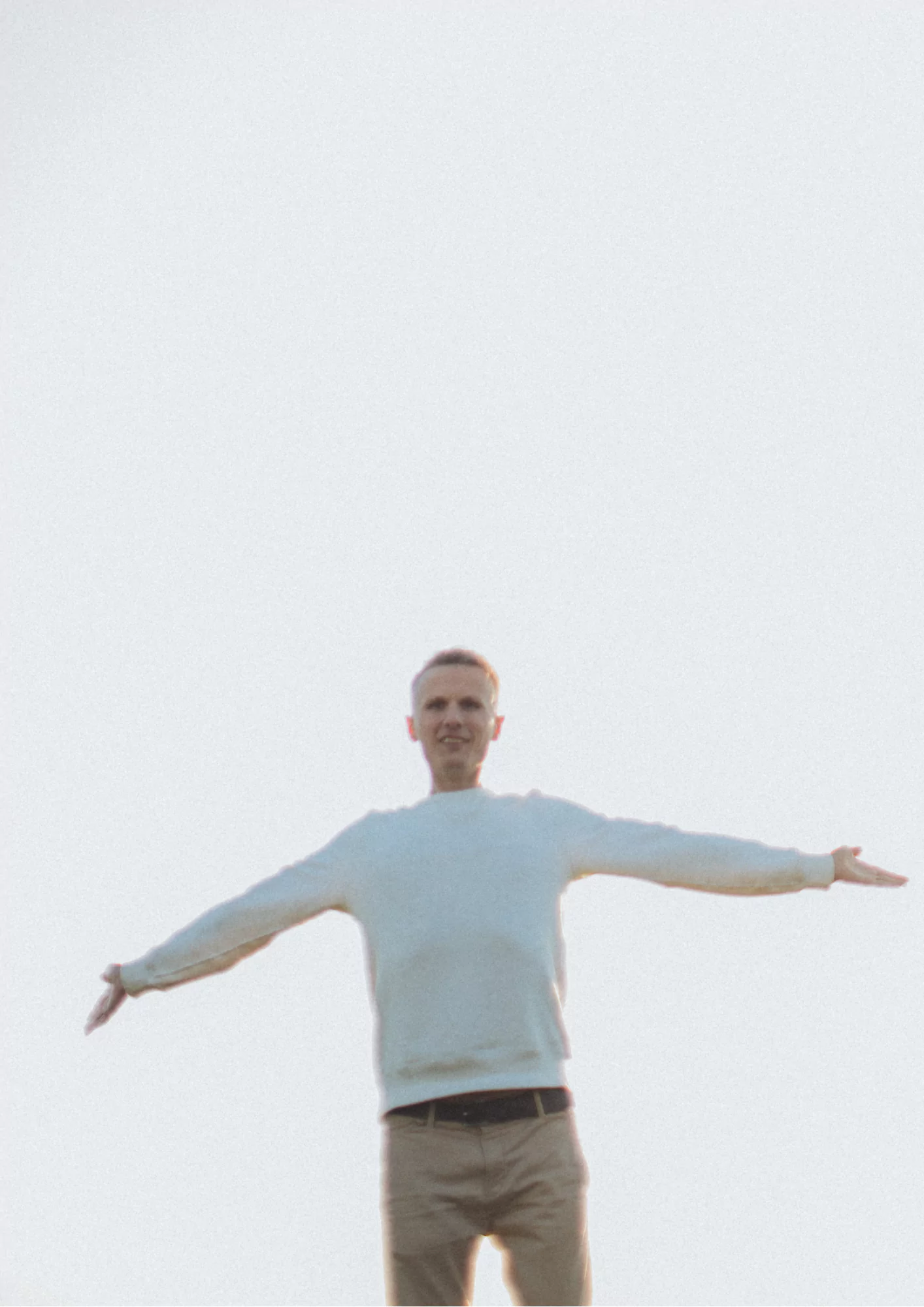What are Phobias?
Phobias are intense, irrational fears of specific objects, situations, or activities that usually pose little or no actual danger. Unlike ordinary fears, they can cause extreme anxiety and may lead people to go out of their way to avoid the source of their fear. Common examples include fear of heights (acrophobia), spiders (arachnophobia), or flying (aviophobia), but they can and do develop around almost anything.
There are three main types: specific (ie flying or spiders), social (meeting and speaking to people), and agoraphobia, which involves fear of places where escape might be difficult. These fears often begin in childhood or adolescence and may be triggered by a traumatic event, learned behaviour, or genetic factors. Often people are not aware of their own triggers.
Symptoms of a phobia can range from mild unease to full-blown panic attacks, and may include sweating, rapid heartbeat, shortness of breath, and dizziness. Left untreated, phobias can interfere with daily life, relationships, and overall well-being.

Symptoms of Phobias
Feeling detached
Avoidance Behaviour
Intense Anxiety
Shortness of Breath
Sweating or Chills
Overwhelming need to escape
Avoidance Anxiety
Dry Mouth

Treating Phobias
Fortunately, they are highly treatable. Cognitive-behavioural therapy (CBT), exposure therapy, hypnotherapy, and, in some cases, medication can help people manage and even overcome their fears. The earlier a phobia is addressed, the better the outcome. You can be free from your fear.

